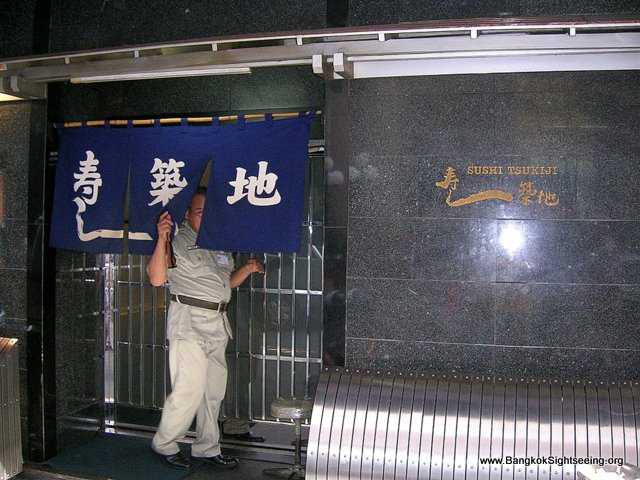If you are looking for desserts in Bangkok, Vanilla Garden might be of interest to you.
First of all – and that really is the strongpoint of the Vanilla Garden – is the location. It’s a secluded green space, so if you feel like getting away from the hustle and bustle of Bangkok, that’s a good choice.
They have plenty of desserts to choose from, although the quality is surprisingly mediocre. Lots of Japanese, or Japanese-influenced sweets.
We are big fans of green tea ice cream, so we tried the Japanese green tea parfait. It was… well, humm… fine, but not nearly what we had hoped for.
The highlight definitely was the strawberry daifuku – and in particularly the quality of the strawberry that was at the core of it. It tasted much better than any strawberry I have ever eaten in Bangkok.
It remains a mystery why this place is called Vanilla Garden. We had hoped that there would be vanilla plants growing, and lots of vanilla desserts on offer, and of course a whirlpool filled with liquid vanilla sauce. 😉
However, none of those could be seen.
What they do have however is a big and interesting design/architecture/art bookstore called Sauce, and a separate Chinese dimsum restaurant. The prices in the Chinese restaurant are quiet steep, but they serve very good quality food in here. It’s nice to sit in here by the window and look out into the garden. You can come for a full-fledged meal, or just for a small snack – but again, be aware that a small snack here costs as much as a full meal in many other places in Bangkok.
It’s located in Ekkamai Soi 12. You get there by taking the skytrain to BTS station Ekkamai, and then either walking for 20 minutes or taking a taxi. Once you have reached Ekkamai Soi 12, it’s about another 10 minutes of walking inside, until you see a big black sign on the left side. Is it worth the trip? Uhm… not really. Except for the cool interior maybe, as Jo Soh, owner of the Japanese womenswear label “hansel” and “hello hansel” noted. If you want see some beautiful photography of the place, check this (although I think it actually looks nicer in the photos than it does when you go there, compliments to the photographer).
Fortunately, as eager Bangkok sightseeing tour guides, we do know of a lot more delicious and yummy places to feed your sweet tooth.
Opening hours: 11am – 11pm, open 7 days a week
Address: 53 Ekamai Soi 12, Sukhumvit Soi 63, Bangkok 10110
Phone: 02 381 6120-22
Email: vanilla@snpfood.com


